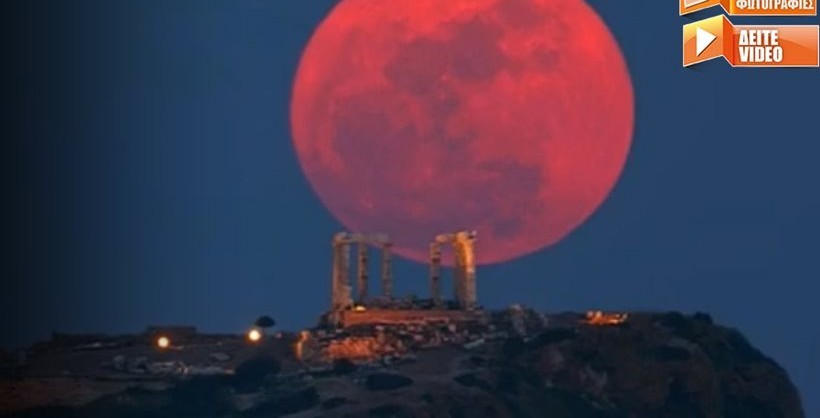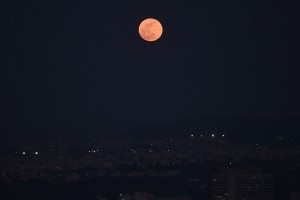Stunning images of the rare super blue blood moon spread across the internet when the celestial phenomenon emerged in the skies and was witnessed in various parts of the world.
The current generation for the first time in their life viewed the rare scene occurring due to the combination of three lunar phenomena: a supermoon, a blue moon, and a blood moon at the same time since 1866.
It was the second full moon in a calendar month, near its closest orbit point to Earth, making it appear super large, but the view changed as total lunar eclipse coincided at the same time.
A total lunar eclipse occurs when the moon moves directly behind the Earth’s shadow, or umbra, meaning it cannot receive any light from the Sun.
Greece-live
The Philippines
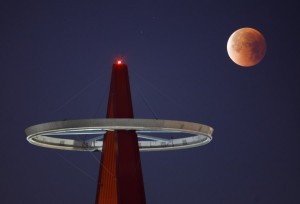
Israel
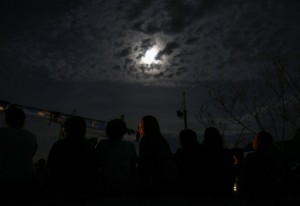
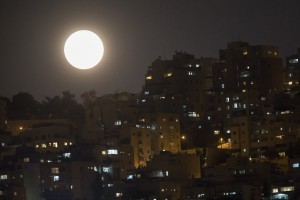
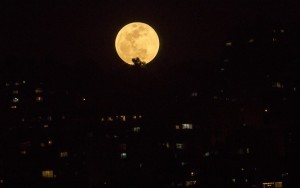
India
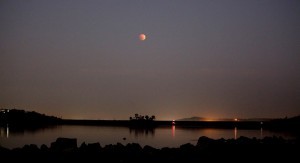
Mexico
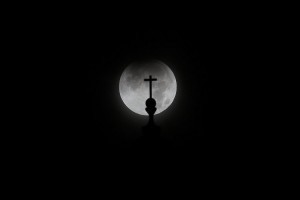
Indonesia

Thailand
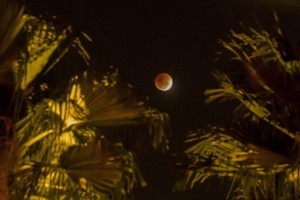
New Jersey-USA
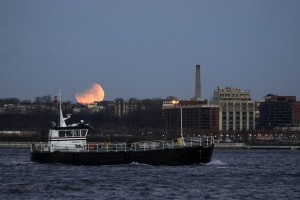 \
\
China


